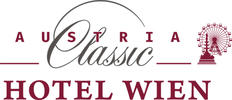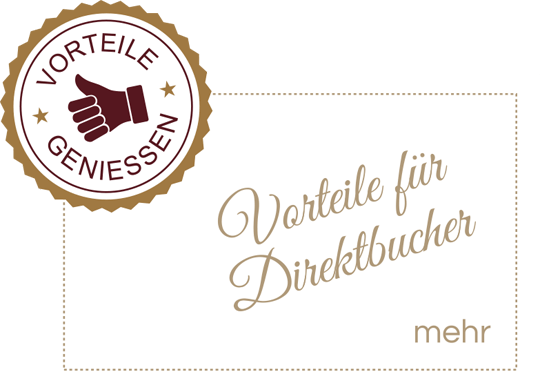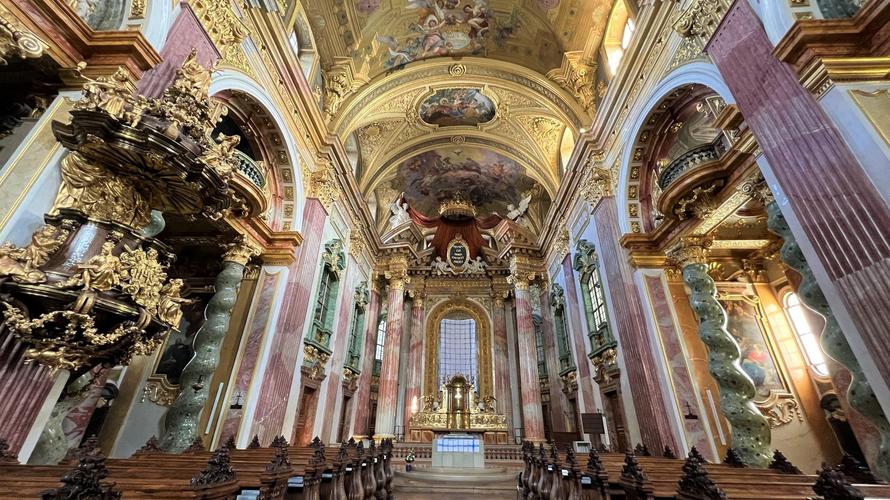The Jesuit Church in Vienna
My name is Ines Pietsch and I have been the managing partner of the Austria Classic Hotel Wien since 2010 and I am proud to be the 6th generation of my family managing this traditional hotel. I recently got to know the „Jesuitenkirche” (Jesuit Church) in Vienna, which I only knew from the outside before. I was invited to a special tour of the church on the occasion of my daughter's first communion preparation and was very enthusiastic.
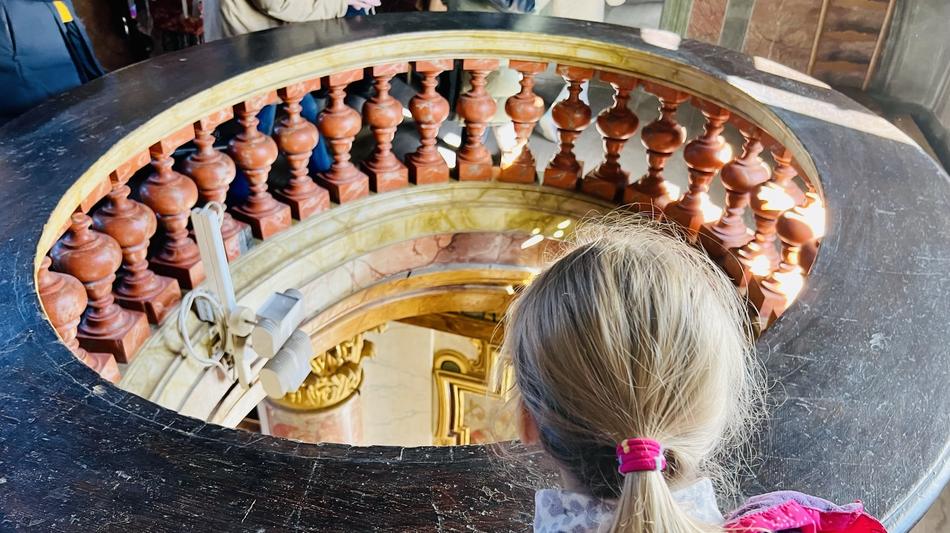
Foundation & annual figures
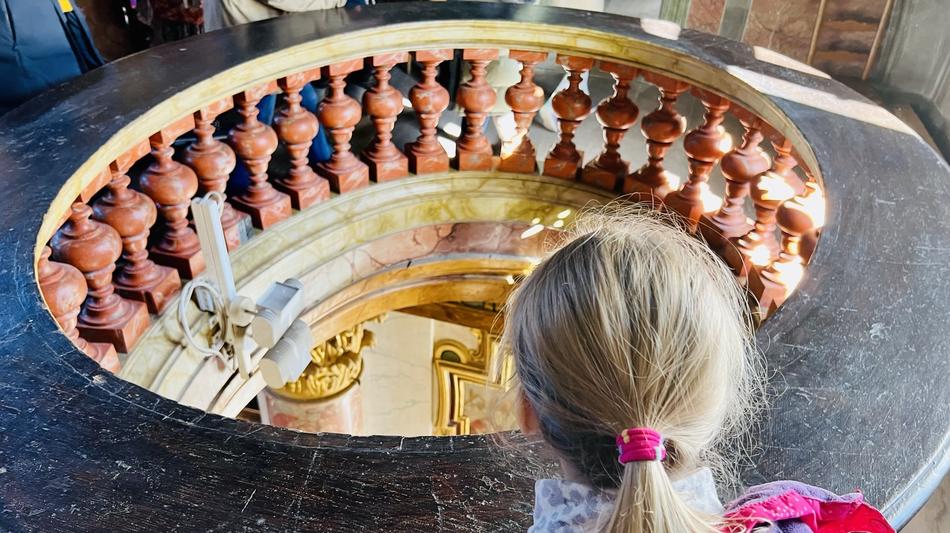
The Jesuit Church, also known as the University Church, is located on the beautiful Dr.-Ignaz-Seipel-Platz next to the Old University in the 1st district, just a 20-minute walk from the hotel or one subway station (U1, Schwedenplatz). In 1237 this location is mentioned for the first time as a cathedral school near St. Stephen. In 1365 Duke Rudolf signed the foundation of a university, but it took several centuries until the current church was built. In 1550, two Jesuit theologians began lecturing at the University of Vienna and founded a Jesuit college. In 1551 the first Jesuits arrived in Vienna. In 1623 the Jesuits started teaching the humanistic, philosophical and theological subjects at the University of Vienna. For this they received the associated building and therefore had to build a church. The construction of the church began on October 21, 1622 and was finished in 1631. Unfortunately, the architect is unknown. On July 31 five church bells arrived on the waterway from Innsbruck as a gift from Archduke Leopold to the church in Vienna.
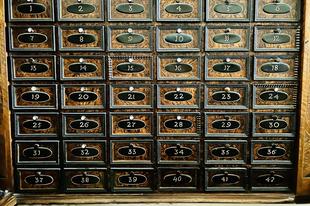
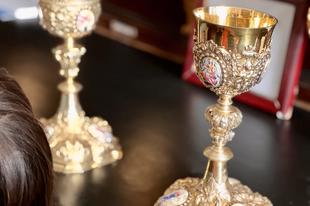
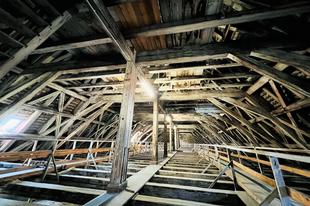
Baroque church
In 1702, Emperor Leopold I brought Andrea Pozzo (architect, sculptor and painter) to Vienna, who gave the church its current high-baroque form. In 1827 the interior of the church was restored by Johann Peter Krafft. In 1848 the Jesuits were expelled from Austria. In 1852 the Society of Jesus was again allowed for the entire monarchy by Emperor Franz Joseph. In 1856 the emperor handed over the church to the Jesuits. From 1896 to 1914 a complete interior restoration took place. In 1934 (as in 1773) the crypt of the church was used as a tomb for Jesuits. Also from 1986 to 1998 the church was restored inside and out. In 2004, today's organ was inaugurated. The church is located on one of the most beautiful and intimate squares in Vienna and the large portal determines the entrance. The church is 50 meters long and 26 meters wide. It receives plenty of light through large windows. Andrea Pozzo redesigned the church and added galleries to the eight side chapels, which are all connected. You can also go on a guided tour and enjoy a wonderful view of the unique ceiling paintings. The galleries were opened downwards and here you can also have a varied view on the eight side chapels. The most fascinating part of the church is the altar by Pozzo: The Assumption of Mary. Pozzo also designed the illusionistic painted dome which creates a wonderful atmosphere. The richly decorated pulpit with mother-of-pearl and many golden sculptures is also absolutely worth seeing.
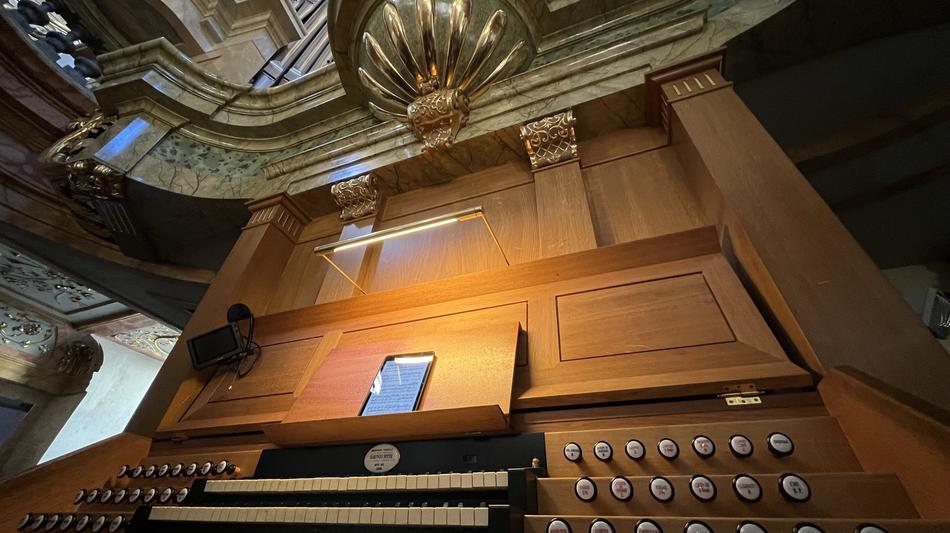
Stucco & Marble
A special gem is the sacristy, which we were allowed to visit with the pastor from our local church community and all children from the First Communion groups. The beautiful vault is decorated with stucco and a marble column. In the Renaissance cupboards there are historical chalices from the 18th century, old books, a beautiful monstrance from the 19th century and historical priest's robes, which were presented to us. The children were also allowed to listen to an organist practice directly next to the beautiful organ, which was built 2004 by the organ builder Hartwig Späth. The kids also rehearsed their communion songs together with their choir director and had a lot of fun. Such an organ has a lot of power and the children as well as the parents were enthusiastic about the intensity of the 2745 different pipes. An absolute highlight at the end - not only for the children - was the climb up a narrow stone spiral staircase to the 300-year-old wooden attic. I highly recommend everyone to visit this beautiful church and I am sure it will be a unique experience. Very close to the church is also the beautiful Heiligenkreuzerhof, the small Schönlaterngasse with the Basilikenhaus from the 13th century, which is well worth seeing, and the Alte Schmiede, which is today an art association.
A particular treasure of the church are the masses on Sundays and public holidays performed by the choir and orchestra. The St. Augustin Choral Association and the Consortium Musicum Wien make these services a special experience. Every Sunday at 10:30 a.m. More information about the program on the homepage of the Jesuit Church.
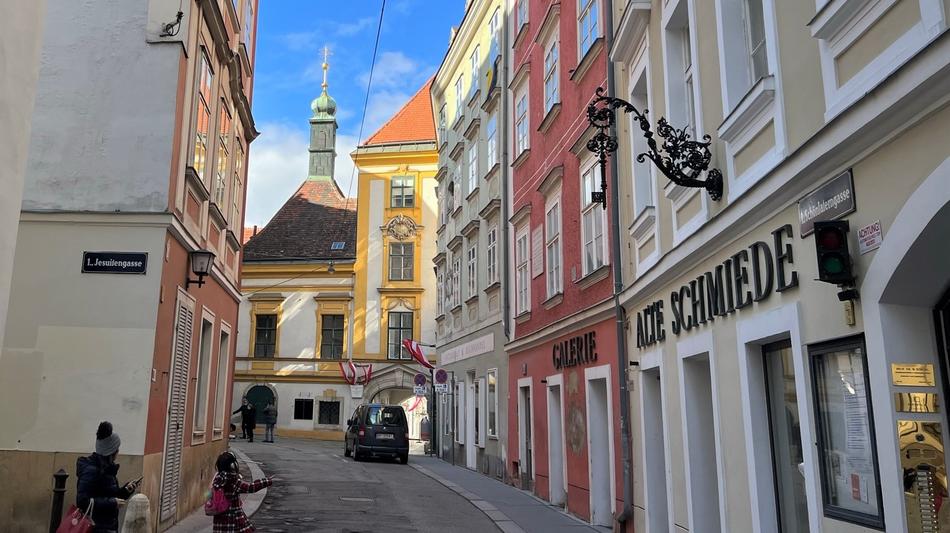
Refreshment after the visit
If you need a little refreshment afterwards, you will find an old-Viennese restaurant on Fleischmarkt on the way home to the hotel, called "Beim Czaak", where traditional Viennese dishes have been served since 1926, such as Wiener Schnitzel, Viennese fried chicken and also has vegetarian dishes. For a melange with a piece of cake in between, I can recommend Kaffee Alt Wien (since 1922) around the corner.
Have fun exploring the Jesuit Church and the lively surroundings of the Old University!
Yours, Ines Pietsch
